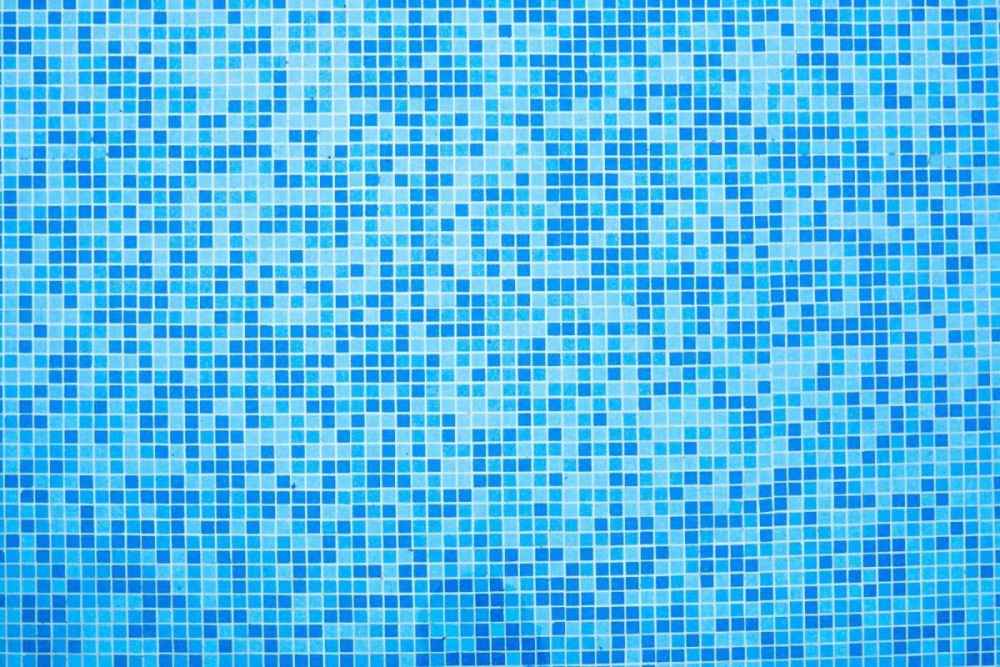
Exploring Pool Surface Choices in Texas
With an estimated 10.4 million residential pools across the United States, Texas stands out as one of the states with the most swimming pools. This is understandable given the state’s predominantly warm climate. If you’re thinking about installing a pool or upgrading an existing one, the interior finish you select for your pool surface will significantly influence its appearance. We believe that informed decisions are the best ones, so we’ve put together this straightforward guide to the most sought-after pool finishes.
A Look at Nine Pool Finish Options:
Currently, there are nine pool resurfacing options available. Not all companies provide every type of resurfacing option, but it’s worth exploring each one. A good way to decide which of these nine pool surface options will suit you best is to align it with your home’s aesthetic. For instance, if your home has a modern design, a pool surface that mirrors this style would be fitting. Now, let’s delve into the various pool surface options.
1. Plaster: Since the 1960s, plaster has been a popular choice for pool surfaces. It’s hard yet smooth and has a white hue. The result is a bright, clean pool that appears light blue. It’s also the most cost-effective option. Pool plaster is a blend of cement and white marble aggregate. It lasts between five and 10 years. However, its porous nature can make stains more visible. While it can withstand high chemical usage, it requires slightly more maintenance than most other pool finishes.
2. Quartz: If cost is a primary concern, a quartzite pool finish might not be the best option as it’s on the pricier end of pool finishes. However, if aesthetics are your main priority, a quartzite pool finish is worth considering. Quartz offers a stunning and durable color. It almost seems as if your pool is sparkling as the finish refracts and reflects light. It’s also easier to clean than some other finishes.
3. Paint: Opting for a two-pack of epoxy paint allows you to choose from a range of colors. Paint provides a smooth coating, but it has the shortest lifespan as it only lasts for a year or two.
4. Glass Beading: Although glass beading is a relatively new pool surface option, it offers an excellent finish for your pool. Glass beads are available in various colors, are durable, and emit brilliant light.
5. Vinyl: If you’re fond of the look of quartz but it’s beyond your budget, vinyl can provide a very similar appearance. These liners can mimic the look of pebble, granite, and even sandstone. You can select from a variety of mosaic tiles. It’s an excellent way to achieve a natural look without exceeding your budget.
6. Tile: Tiles are usually made from porcelain, stone, glass, or a combination of these three materials. In terms of durability, tile is the best option and it’s one of the easiest to keep clean. Of all three materials, porcelain is the least expensive and glass is the most expensive but the most durable. However, be aware that tiles can chip or crack.
7. Exposed Aggregate: Exposed aggregate is a fantastic choice for pool surfaces as it’s a beautiful and natural product. Unlike other options like plaster, it won’t deteriorate. While they’re slightly more expensive, you can use them above water for pools featuring shallow beach entries or tanning shelves. Given their durability, pools with an exposed aggregate surface are a sound investment.
8. Pebble: Pebble pool surface options are made with special cement that contains small pebbles and stones. The result is a pool that looks natural. They come in a variety of colors, but the texture is rougher than a plaster or quartz finish. Sensitive feet and automatic pool cleaners may find a pebble surface challenging. Pebble is more expensive than plaster but more durable as well. It’s also highly stain-resistant and typically lasts between 15 and 20 years.
9. Eco-Finish: Eco-finish might be one of the best pool resurfacing options available. It eliminates the issues that paint and plaster present. Eco-finish is also durable and resistant to peeling, chipping, and scratching, and it’s eco-friendly. You’ll find you can significantly reduce the number of chemicals typically required to balance your pool’s pH. This means reducing your exposure to potentially harmful chemicals like chlorine. You’ll also be doing the environment a huge favor as eco-finish reduces the number of fossil fuels used since no one will have to mine, transport, or apply plaster to your pool. It also cures in seconds, making it a quick and straightforward resurfacing job.
Partner With Us
We’re dedicated to delivering the best customer service to every client we serve. But don’t just take our word for it, let our customers speak for us. When you partner with us, we’ll guide you through the various types of pool finishes we provide and assist you in choosing the one that fits your budget while achieving the look and feel you desire. Whether you’re ready to resurface an existing pool or you’re planning to install a new pool, look no further than us. Click here to get started.




